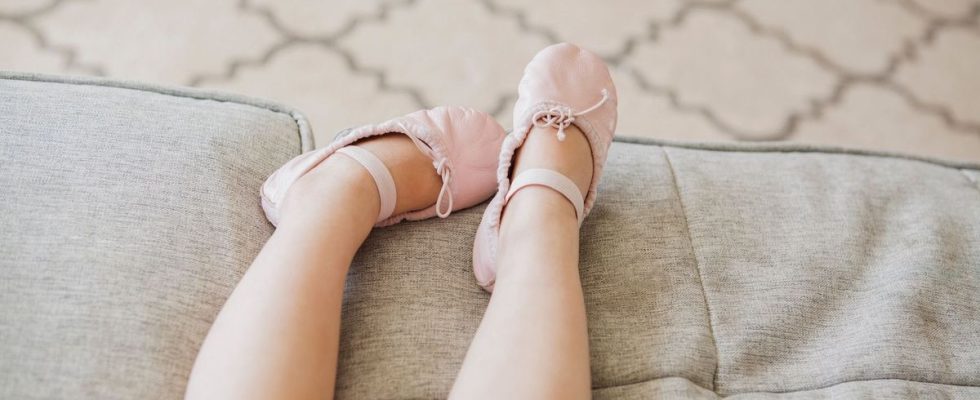Published on
Updated
Reading 3 mins.
This little Australian girl’s vacation turned into a nightmare… Bella Macey, 10, was diagnosed with a very debilitating rare disease: complex regional pain syndrome. A disorder that developed following the infection of a simple blister on the foot.
The blister is a lifting of the epidermis which forms a blister filled with a clear liquid. It is a defense mechanism of the skin during repeated friction. In the majority of cases, the blister is a mild disorder that disappears within a few days. But sometimes this small blister becomes infected, which can lead to more serious symptoms (red, painful skin, discharge of pus, fever). In this case, you must consult a doctor urgently. This is what happened to Bella Macey but in more serious proportions. The 10-year-old girl suffers from foot inflammation due to a blister on her foot which has become infected. Specifically, she suffers from a complex regional pain syndrome. It is a chronic neuropathic pain that occurs after soft tissue damage, after bone damage or nerve damage. This pain”persists in intensity and duration in disproportionate proportions to the initial tissue damage”, can we read on the The MSD Manual. Complex regional pain syndrome is a rare, incurable disease.
“I can’t take a shower, I can’t take a bath”
In an article published in the New York Post, Bella describes her daily life marked by unbearable pain that radiates down her entire leg. “It’s sharp, it burns, it tingles. It’s all kinds of different pains that I didn’t know were possible.”, said the Australian. The pain is so intense that it prevents him from doing many daily activities and gestures. “I can’t take a shower, I can’t take a bath. I can’t put sheets or anything… even with a tissue, you can’t touch me with anything, otherwise I’ll scream.”
A treatment at 157,000 dollars in the United States
In Australia, no doctor has found a cure for Bella. Helpless in the face of their daughter’s pain, her parents decided to call in American doctors. Bella and her mother therefore traveled to the United States to receive treatment at the Spero Clinic, a facility specializing in the care of patients with complex regional pain syndrome. Bella’s parents said treatment could help their daughter, but it’s very expensive. Bella’s mother therefore decided to open a fundraising campaign to help pay for the treatment. They have already collected $127,000 of the expected $157,000.
If you have a blister, it is best not to pierce it because raw skin is an entry point for germs. Cover it with a bandage, without compressing it, to protect it. At night, remove the bandage to dry the blister. And above all, avoid rubbing responsible for the blister until it heals. If your blister is large and painful, it is better to break it. “If the blister is punctured, the sagging skin is cut out to facilitate healing and the area is monitored for infection”, advises Dr Gérald Kierzek, emergency physician and medical director of Doctissimo. Here are the steps to follow to pierce a blister:
- wash your hands with soap and water;
- sterilize a needle with a disinfectant or, failing that, by heating it strongly;
- Gently pierce the edge of the blister at one or two points and gently press the blister to evacuate the liquid it contains through the hole(s) thus made;
- disinfect the affected area with a suitable disinfectant (do not use hydro-alcoholic gel) and apply a sterile dressing loosely;
- change the bandage as soon as it is wet and, at night, remove the bandage to allow the blister to dry.
Consult a doctor if you have signs of an infection: presence of a red, swollen and painful area of skin around the blister associated with a discharge of pus and a fever. “There is a risk of erysipelas, a bacterial infection that should be treated with antibiotics”, warns Dr. Kierzek.
